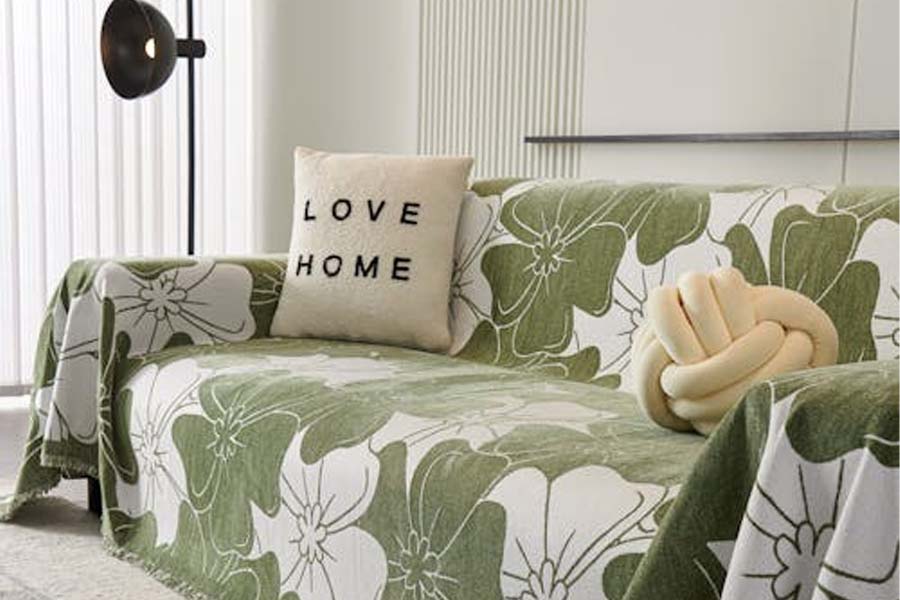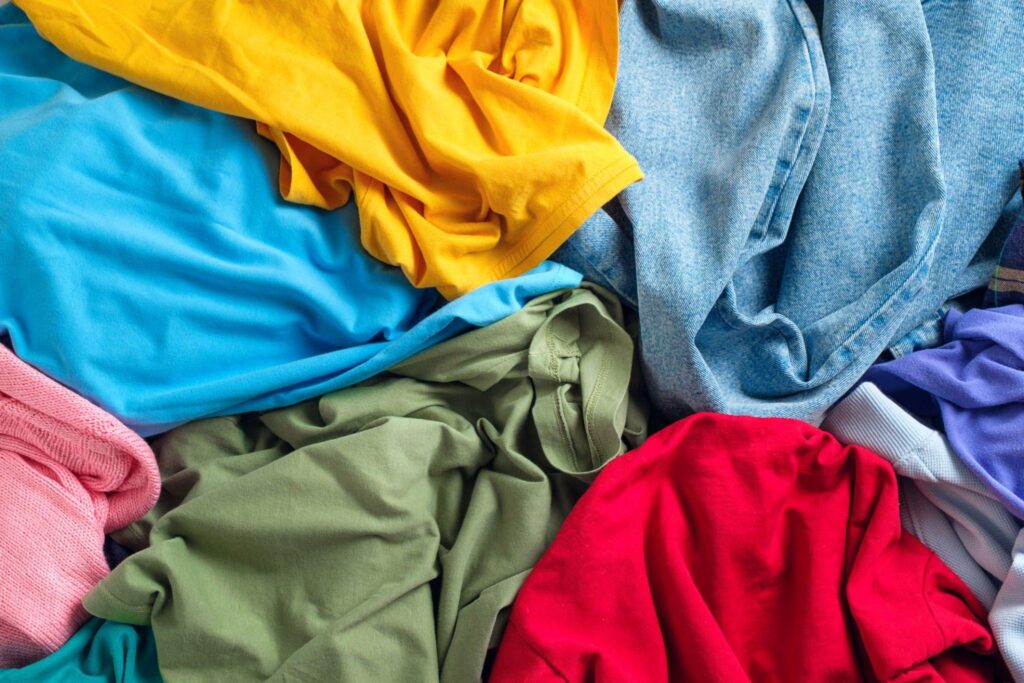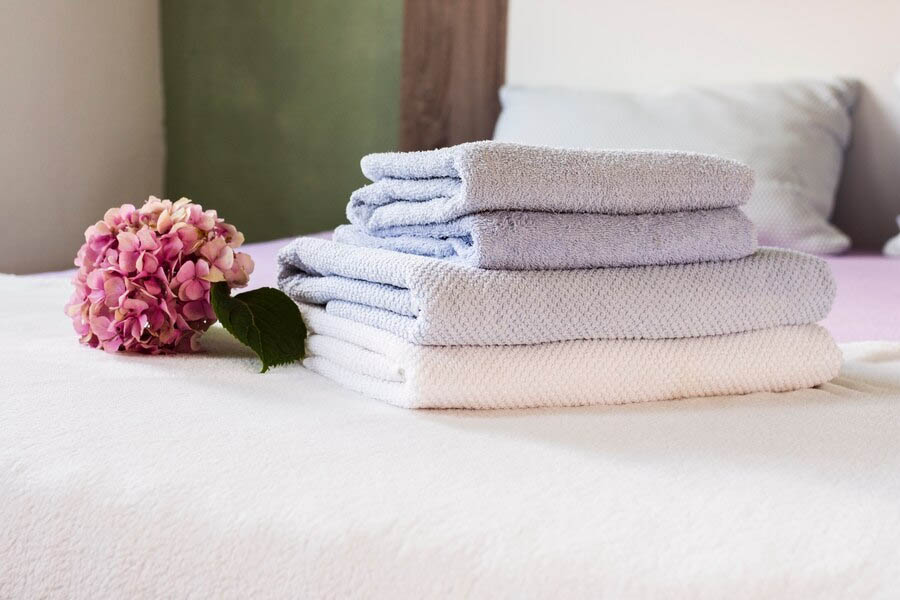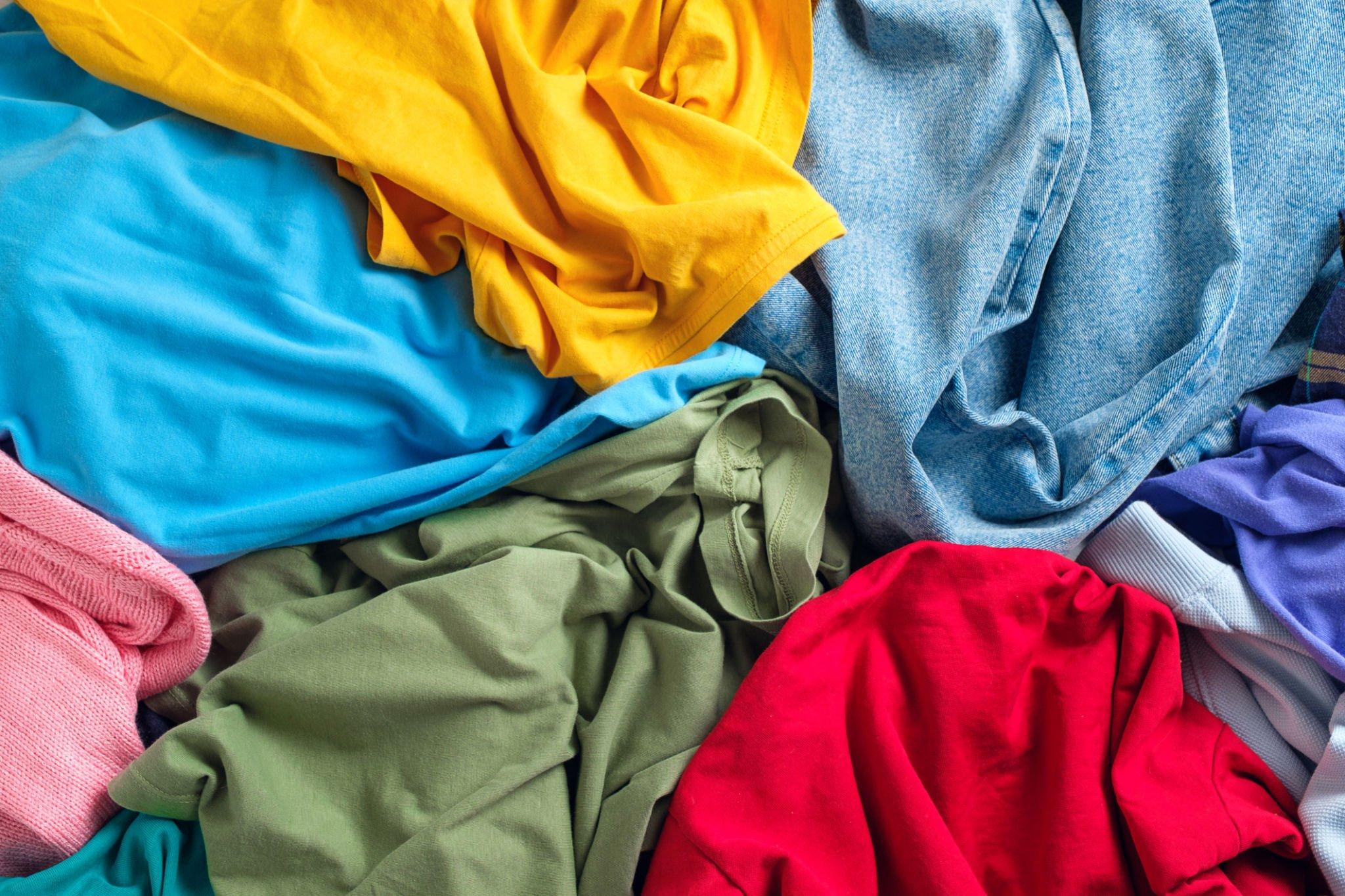Preserving textile freshness during storage requires scientific moisture management and microbial control. This definitive guide outlines institutional-grade preservation techniques for maintaining optimal garment integrity and olfactory neutrality in confined storage environments.
Textile Odor Genesis: Molecular Mechanisms
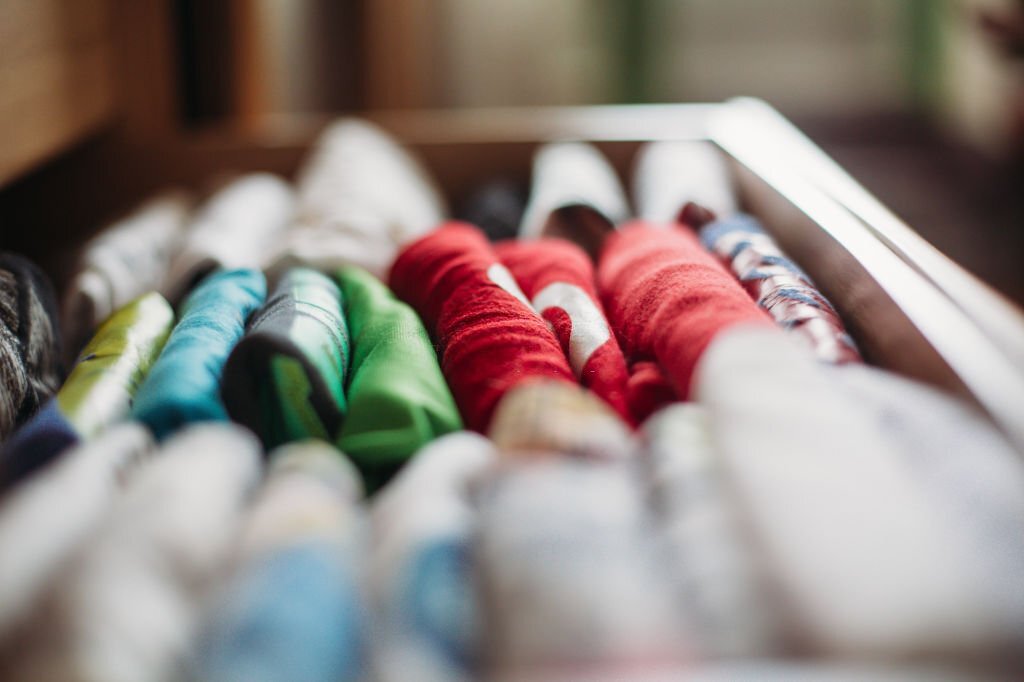
Odor development in stored garments results from biochemical processes:
- Hydrolysis: Ester bond cleavage in synthetic fibers (PET, nylon) releases volatile organic compounds
- Microbial metabolism: Bacillus spp. convert sebum residues into short-chain fatty acids
- Oxidative rancidity: Unsaturated lipids in skin oils undergo autoxidation
Critical contributing factors include:
Relative Humidity Thresholds
Microbial proliferation initiates at >65% RH. Cellulose fibers like cotton exhibit hygroscopic expansion at >55% RH, creating microhabitats.
Thermodynamic Equilibrium
Moisture adsorption isotherms determine water activity (aw) levels. Bacterial growth requires aw > 0.91; mold > 0.80.
VOC Absorption
Textiles adsorb environmental volatiles through:
- Physisorption (van der Waals forces)
- Chemisorption (covalent bonding)
Ludyway’s treated linens incorporate antimicrobial finishes that disrupt bacterial quorum sensing.
Laboratory-Validated Preservation Protocols
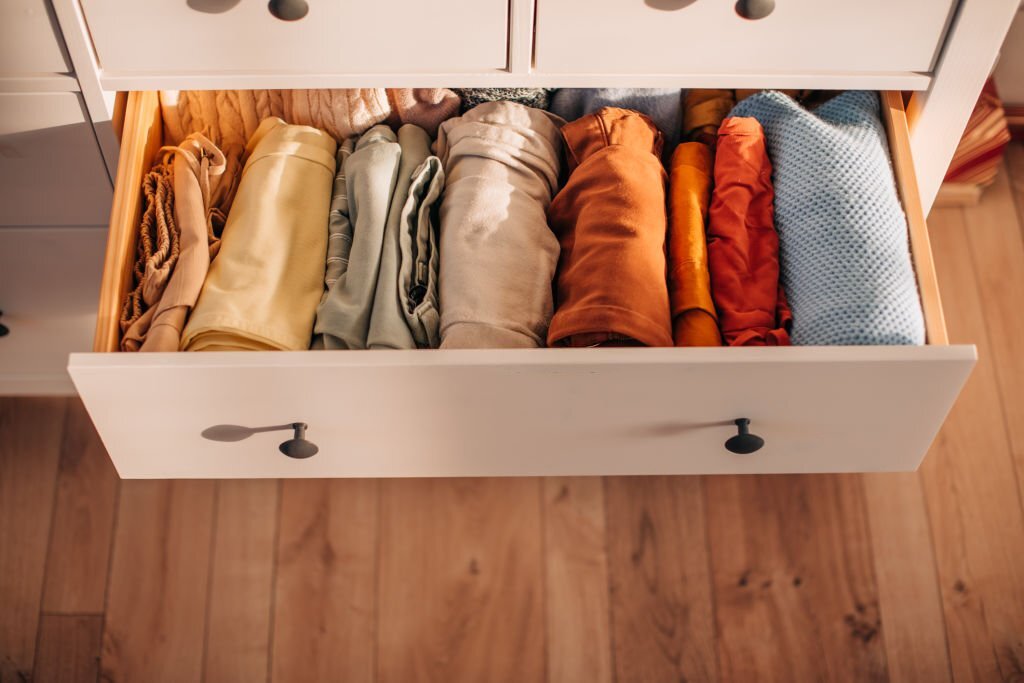
Pre-Storage Conditioning
- Machine wash at 40°C with oxygen bleach (1.2% H2O2 equivalent)
- Final rinse conductivity < 30μS/cm (deionized water)
- Residual moisture content: ≤8% (gravimetric analysis)
Microclimate Control Systems
Implement passive humidity regulation:
- Silica gel (3A molecular sieve): 200g/m³ storage volume
- Calcium chloride desiccants: 40% weight absorption capacity
Volatile Compound Management
Natural Adsorbents
- Activated bamboo charcoal: 800-1200m²/g surface area
- Zeolite frameworks: 4Å pore size for amine capture
Scent Diffusion Technology
Encapsulated fragrance systems:
- β-cyclodextrin inclusion complexes
- Controlled release at 30-40°C
For luxury towels, Ludyway integrates cedar oil microcapsules during manufacturing.
Engineered Storage Solutions
- Breathable membrane containers (ePTFE, 0.2μm pore size)
- Anoxic environments (<0.5% O2) for heritage textiles
- Compression storage at ≤25kPa for knits
Preventative Maintenance Cycles
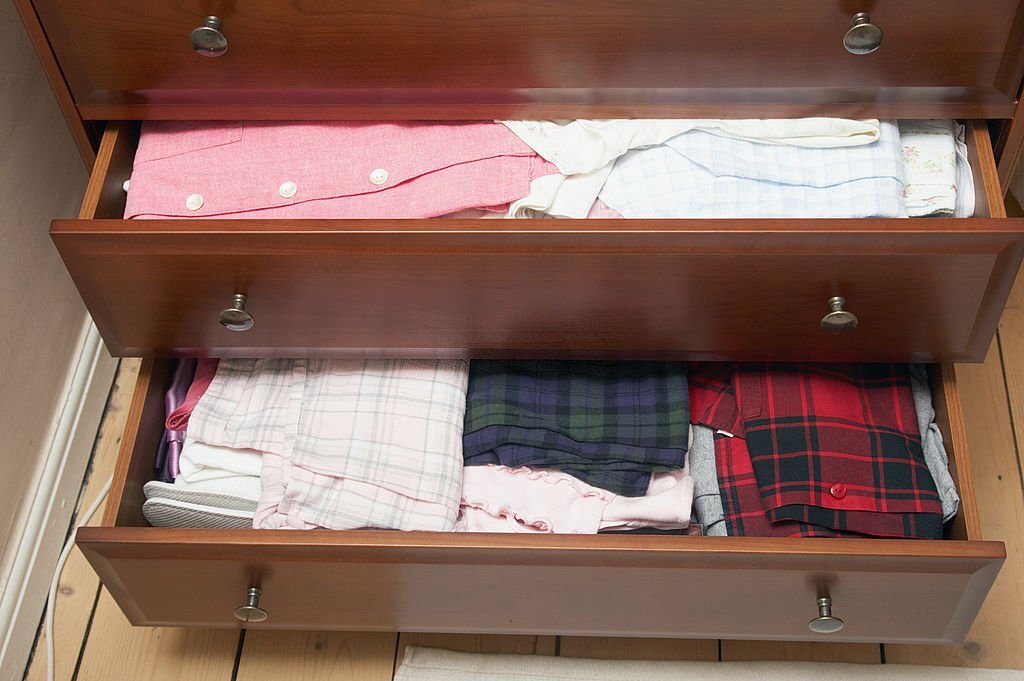
Establish institutional preservation schedule:
| Frequency | Action | Parameters |
|---|---|---|
| Biweekly | Air exchange | 15min @ 0.5m/s airflow |
| Monthly | Desiccant reactivation | 120°C/2hr |
| Quarterly | UV-C sterilization | 254nm/30mJ/cm² |
Odor Neutralization Chemistry
Advanced treatment options:
- Triethyl citrate: Esterifies carboxylic acids
- Zinc ricinoleate: Chelates sulfur compounds
- TiO2 photocatalysis: UV-activated oxidation
For stubborn odors in performance fabrics, employ ozone treatment (0.1ppm/4hr).
Technical FAQ: Textile Preservation Science
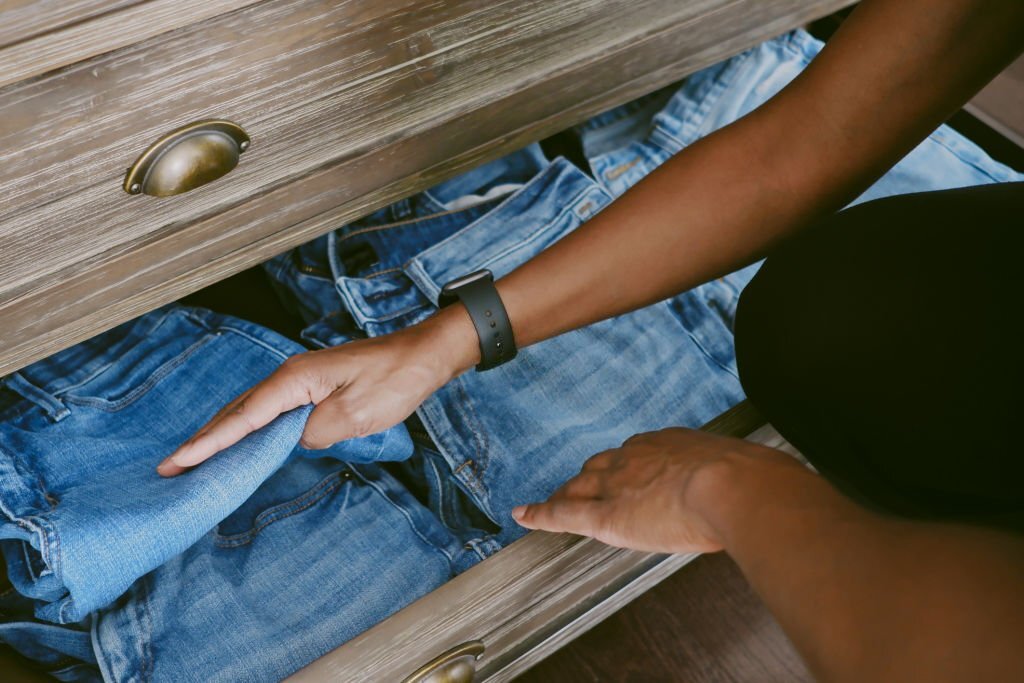
Q: Optimal Storage Duration by Fiber Type?
A:
- Cellulosics: 6-12 months (RH 45-55%)
- Protein fibers: 3-8 months (RH 40-50%)
- Synthetics: 12-24 months (RH 30-40%)
Q: Industrial VOC Management Standards?
A: Leading manufacturers implement:
- ISO 14644-1 Class 7 cleanrooms
- Activated carbon filtration (95% VOC removal)
- Positive pressure environments
Ludyway’s facilities maintain <0.1ppm TVOC during intimate apparel storage.
Q: Mold Prevention in High Humidity?
A:
- Pre-treatment with 0.3% silver-zirconium phosphate
- Climate-controlled cabinets (22±2°C/45±5% RH)
- Real-time RH monitoring with data logging
Q: Scientific Moth Deterrence?
A:
- Pheromone traps (ZETA-11)
- Cypermethrin-embedded strips (0.01% w/w)
- Hermetic sealing at <5% O2
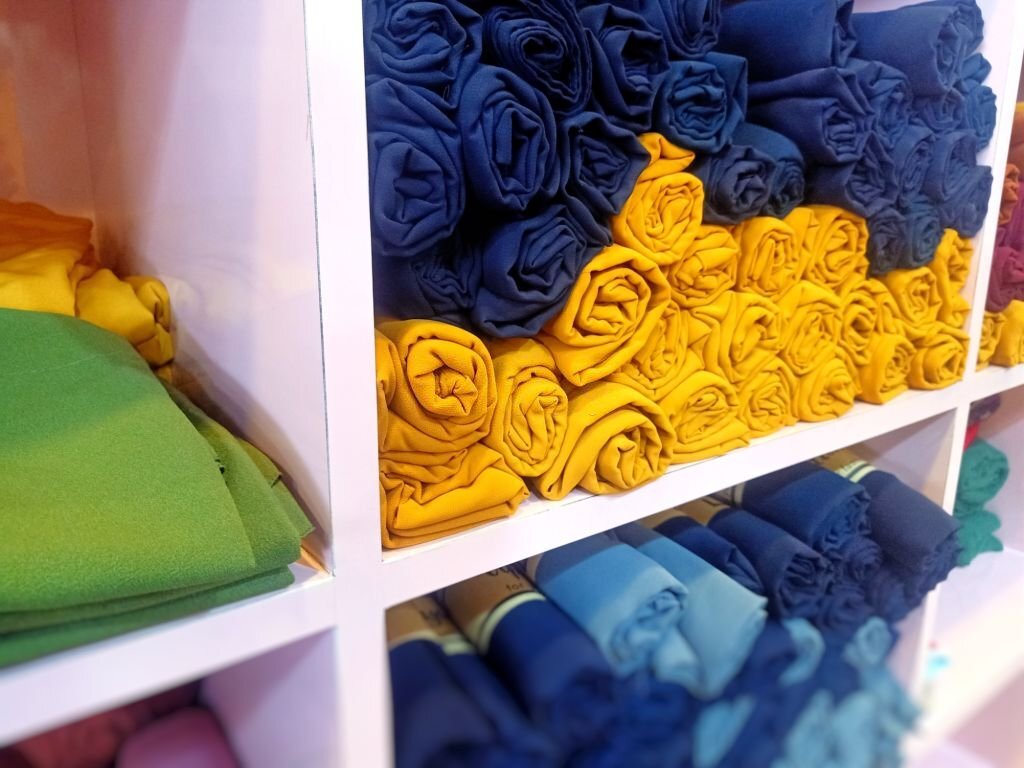
Institutional Implementation Framework
For commercial applications:
- Install IoT-enabled sensors (temperature/RH/VOC)
- Implement HACCP-based preservation protocols
- Utilize anion-generating systems (106 ions/cm³)
Technical consultation: info@ludyway.com
Implementing these scientific protocols ensures textile preservation beyond consumer standards. Achieve museum-grade conservation through controlled environments and molecular intervention.




